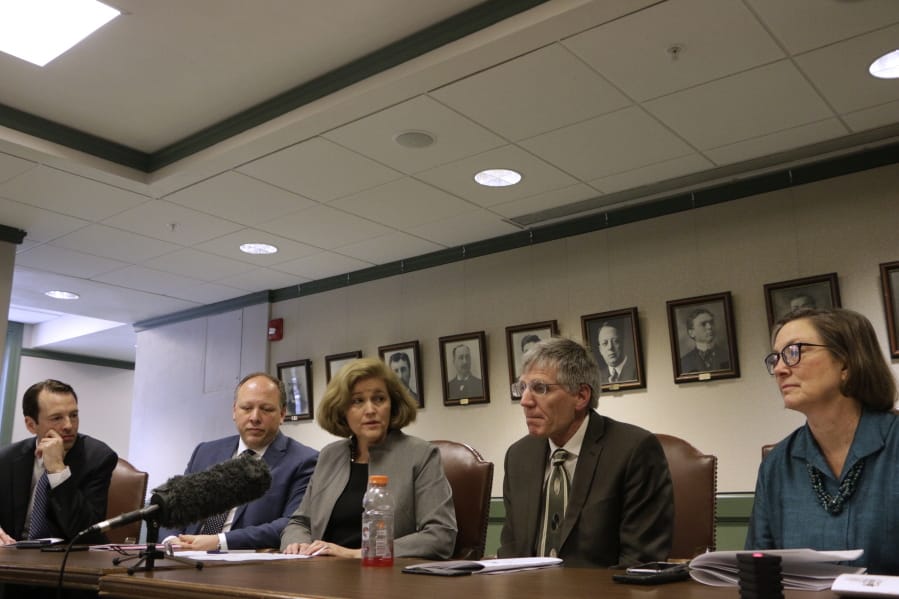OLYMPIA — Racing to finish the 60-day legislative session amid growing concerns over containing the new coronavirus outbreak, Democratic leaders in the House and Senate announced a final supplemental budget agreement that includes funding for response to COVID-19.
The budget plan was released Wednesday, and lawmakers hope to pass it Thursday and then quickly adjourn.
Democratic Senate Majority Leader Andy Billig said that there is an element of urgency due to growing concerns about the spread of coronavirus, which has infected more than 350 people in the state and killed more than two dozen.
On Wednesday, Gov. Jay Inslee announced announced a ban on gatherings of more than 250 people in virtually the entire Seattle metro and the Seattle Public School system announced it will close due to the ongoing coronavirus outbreak.
Lawmakers in Olympia usually work late in the night before final adjournment, but Billig said they hope to adjourn during daylight hours this year.
“You’ll probably see one of the earliest Sine Dies that we’ve had, with the goal of getting everyone out of here as soon as possible” he said.
The budget was released as Thurston County, the county the Capitol is located in, announced its first confirmed case of COVID19. Heath officials have not yet released any information about potential exposure locations.
The budget moves $100 million from the state’s emergency “rainy day” fund for coronavirus response by state agencies, tribes and local health jurisdictions. That amount was increased significantly from previous budget proposals
Democratic Rep. Timm Ormsby, the chief budget writer for the House, said there has been a bipartisan, bicameral effort “to make serious commitments, serious investments to combat the coronavirus.”
Leaders said that the crisis also led them to spend less than they originally planned in several areas in order to build up the state’s reserves for future years.
“If revenue is reduced, which I think we all anticipate it will, we have built in a buffer,” said Democratic Sen. Christine Rolfes, the Senate’s main budget writer.
Lawmakers said while they’re not putting as much as originally planned toward various programs, they still are increasing spending in high priority areas, including homelessness.
The plan allocates about $160 million in new spending on homelessness through mid-2021.
The money would be spread among a variety of initiatives, including increasing shelter capacity, funding construction projects addressing affordable housing, and creating a pilot program for addressing the immediate housing needs of low-income elderly or disabled adults living in certain counties. Spending would also be used to help those at risk of becoming homeless.
About 10,000 people in the state are without shelter, and more than 11,000 live in temporary homeless housing, according to the most recent annual report from the state Department of Commerce.
The plan released Wednesday also looks to increase spending in other areas, including special education, health care, and state responses to mitigate the effects of climate change.



